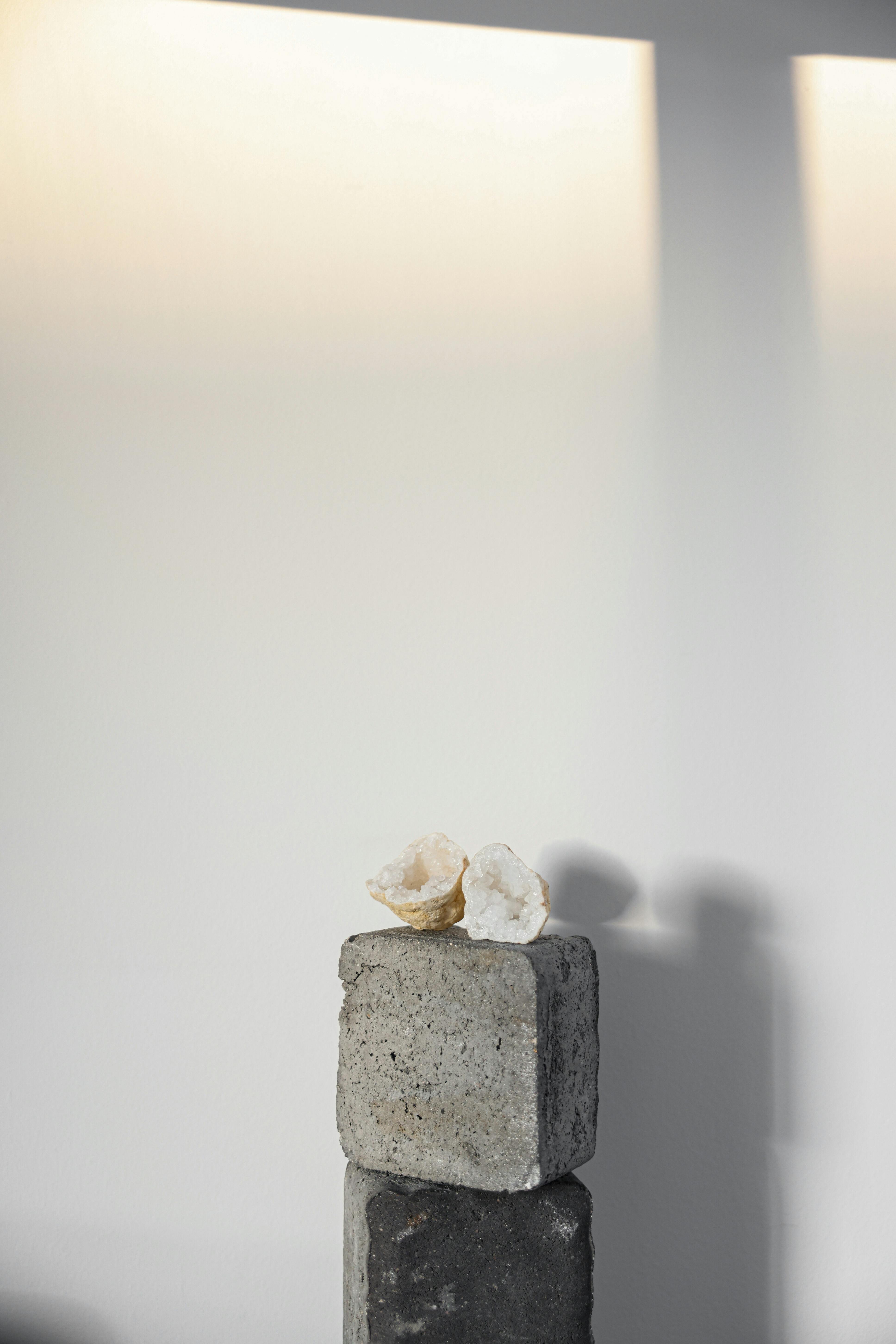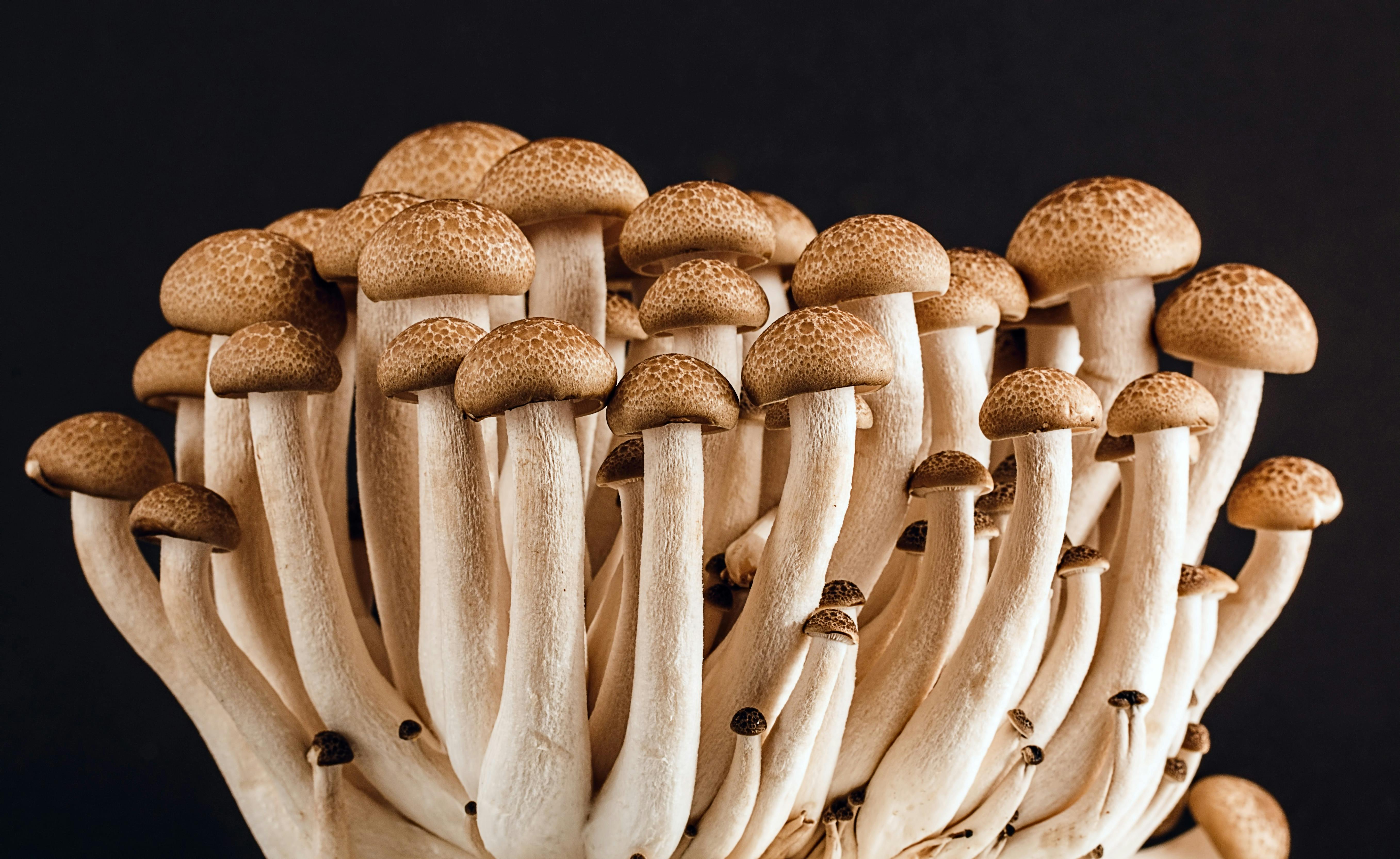How to Make Cake Flour at Home for Perfectly Light Cakes
When it comes to baking the lightest and fluffiest cakes, the type of flour you use can make a significant difference. Cake flour, known for its low protein content and fine texture, is the secret ingredient that elevates your cakes to bakery-quality levels. In this article, we will guide you through the process of making your own homemade cake flour, discuss its properties, and provide tips for using it effectively in your baking endeavors.
Whether you're looking to elevate your baking skills or want a cake flour substitute for your recipes, understanding how to make cake flour will help you achieve delicious results. With easy-to-follow instructions and valuable insights into the properties of cake flour, you will be on your way to creating beautifully tender cakes. Let’s dive into the world of cake flour and discover how to make it perfectly at home!

Essential Guide to Cake Flour: Understanding Its Unique Properties
Before we get into the specifics of making cake flour, it’s crucial to understand what sets cake flour apart from other types of flour, particularly all-purpose flour. Cake flour has a lower protein content, typically around 7-9%, compared to all-purpose flour, which can range from 10-12%. This lower protein level is key to creating the delicate structure of light cakes.
The Difference Between Cake Flour and All-Purpose Flour
Cake flour provides a finer texture, allowing for softer, more tender cakes. Conversely, all-purpose flour can lead to denser cakes due to its higher gluten potential. Understanding this difference is essential when choosing the right flour for your cake-making endeavors.
Cake Flour Texture and Baking Science
The texture of cake flour is notably softer and silkier. This fine consistency is crucial for achieving that desired melt-in-your-mouth quality in cakes. The unique properties of cake flour also enhance the cake's moisture retention, which contributes to a more flavorful end product.
Cake Flour Uses: Beyond Just Cakes
While its primary purpose is for cake baking, cake flour can be used in many other recipes. From light pastries to pancakes, its versatility makes it a staple in any baker's kitchen. Moreover, using cake flour in cookies can yield a softer, chewier texture, perfect for those who prefer a more delicate treat.
How to Make Cake Flour at Home: Step-by-Step Process
Making homemade cake flour is an easy process that requires just two ingredients: all-purpose flour and cornstarch. By combining these, you can replicate the properties of cake flour effectively.
Gathering Your Ingredients and Tools
To begin, you will need:
- 1 cup of all-purpose flour
- 2 tablespoons of cornstarch
This combination will yield a product similar to commercial cake flour. Make sure to have a whisk or sifter handy for the mixing process.
Mixing the Ingredients for Cake Flour
Start by measuring one cup of all-purpose flour into a mixing bowl. Then, add the cornstarch. Using a whisk or sifter, blend the two ingredients thoroughly. This step is crucial as it ensures an even distribution of cornstarch, which is vital for achieving the light texture we desire.
Storing Your Homemade Cake Flour
Once mixed, transfer your cake flour into an airtight container. The container should be kept in a cool, dry place, away from sunlight. Proper storage is important to maintain the flour's freshness. Homemade cake flour can typically last for up to three months if stored correctly.

Key Benefits of Using Cake Flour in Baking
Switching to cake flour can vastly improve your baking results. Here are some key benefits:
Achieving a Lighter Cake Structure
The most significant advantage of using cake flour is the airy texture it imparts. The low protein content results in less gluten formation, achieving the fluffy consistency that cake lovers adore.
Moisture Retention and Flavor Enhancement
Thanks to its unique structure, cake flour can hold more moisture compared to all-purpose flour, resulting in a moist cake with enhanced flavor. This is especially beneficial for layered cakes and cakes that require longer baking times.
Perfect for a Variety of Recipes
Besides cakes, cake flour can be used in cookies, muffins, and pastries. Its fine consistency ensures that all these baked goods come out light and tender, making it a versatile addition to your pantry.
Homemade Cake Flour Recipes: Creative Ideas to Try
Once you've made your cake flour, here are a few recipe ideas to get you started:
Light and Fluffy Vanilla Cake
This recipe is a must-try for anyone looking to showcase their homemade cake flour. Use the cake flour in a classic vanilla cake recipe by replacing all-purpose flour with an equal amount of your homemade mixture.
Moist Chocolate Cake
For a decadent twist, try using cake flour in your favorite chocolate cake recipe. The cake flour will ensure your cake remains moist and airy, making it an irresistible dessert.
Delicate Cupcakes
Using cake flour for cupcakes will yield lighter, fluffier results compared to using all-purpose flour. Add your choice of flavorings and frosting to elevate these treats to a new level.
FAQs About Cake Flour
To wrap up, here are some common questions about cake flour and how to use it effectively:
Can I use cake flour for bread?
While you can use cake flour in bread recipes, the low protein content may not provide the structure needed for yeast breads. Opt for bread flour instead for best results.
How do I substitute cake flour for all-purpose flour in a recipe?
When substituting, use one cup of cake flour for every cup of all-purpose flour, and remember to sift the cake flour.
How do I store homemade cake flour effectively?
Ensure it’s stored in an airtight container in a cool, dry place to extend its shelf life. Avoid humidity and heat, which can affect the flour's texture.
By understanding how to make and utilize cake flour at home, you will enhance your baking experiences significantly. Embrace these techniques today, and you will create cakes that are sure to impress.
For more tips on baking essentials and creative flour usage, check out this resource and for specific cake recipes, visit this article.
